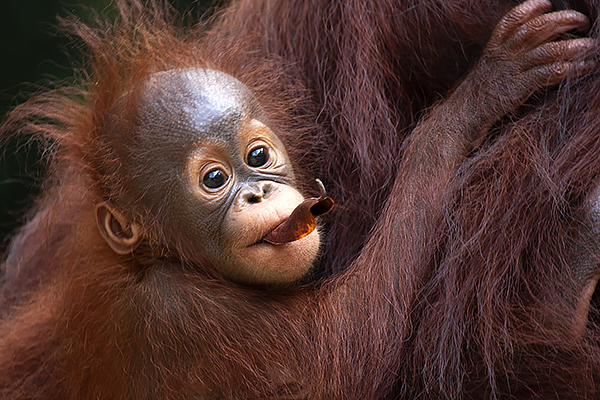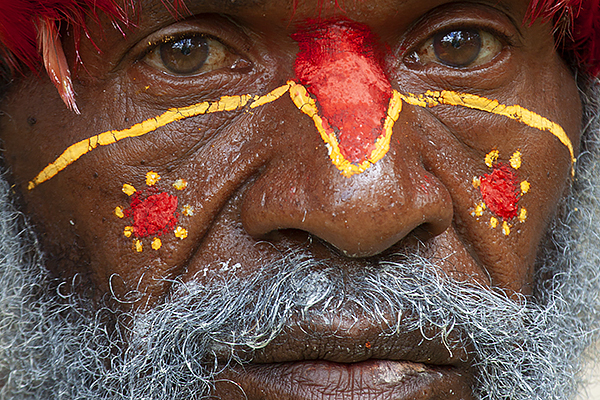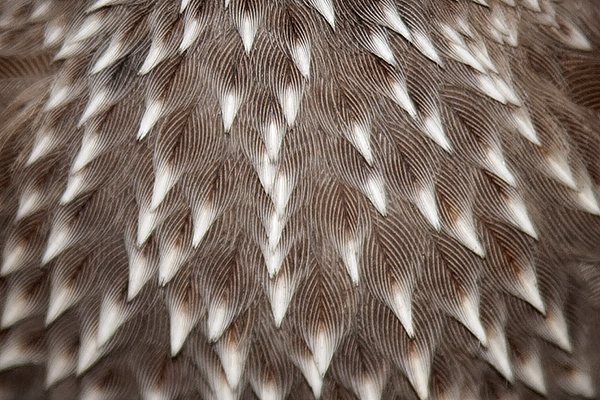Ákos Hivekovics
the global portfolio

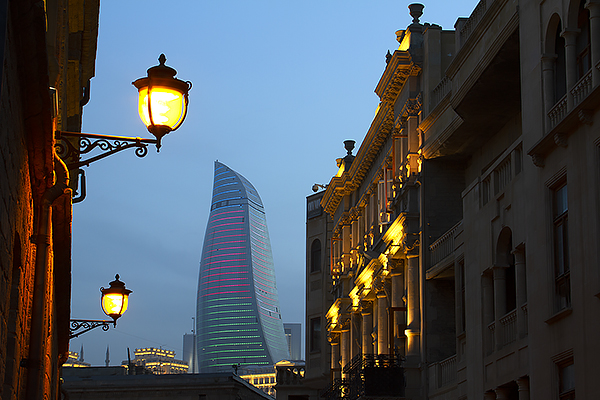
Independent Countries
(193 Countries, 1446 Locations)
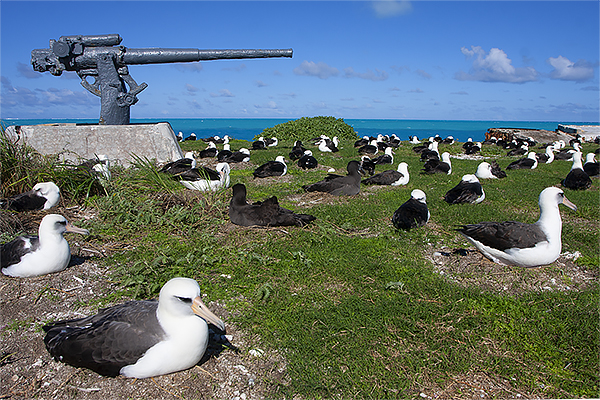
Special Status Areas
(133 Locations)
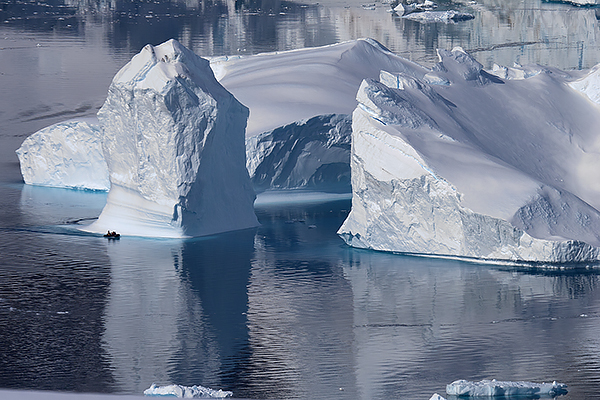
Polar regions
(173 Locations)
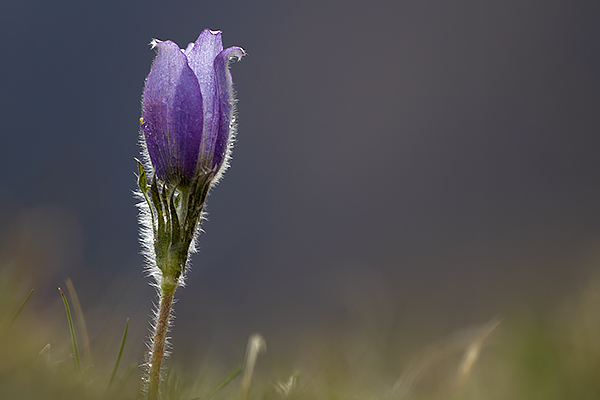
Plants
(49 families, 79 Species)
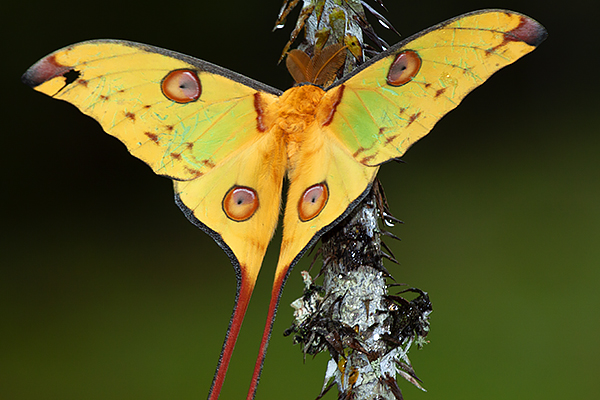
Invertebrates
(34 families, 66 Species)
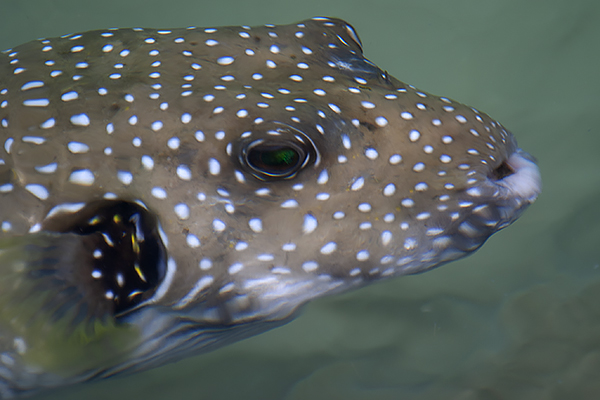
Fish and amphibians
(17 families, 22 Species)
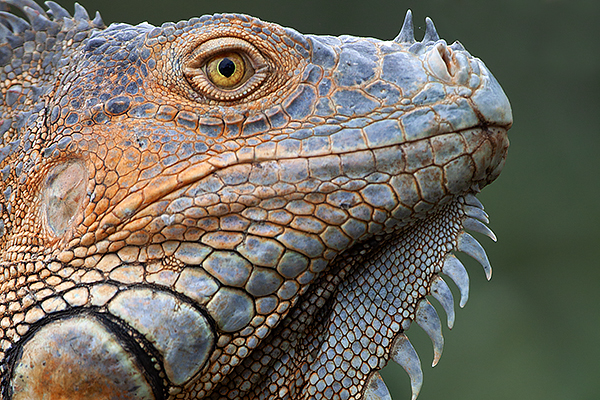
Reptiles
(30 families, 98 Species)
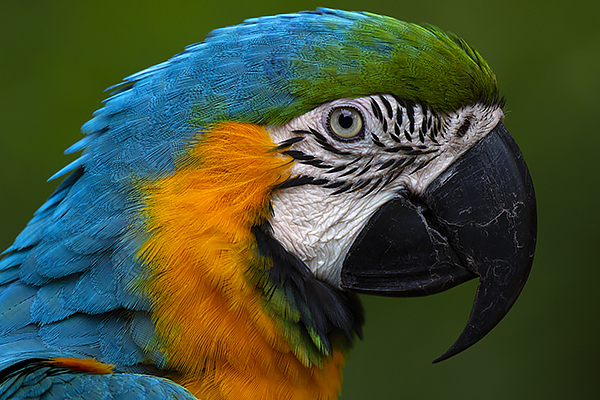
Birds
(163 families, 1440 Species)
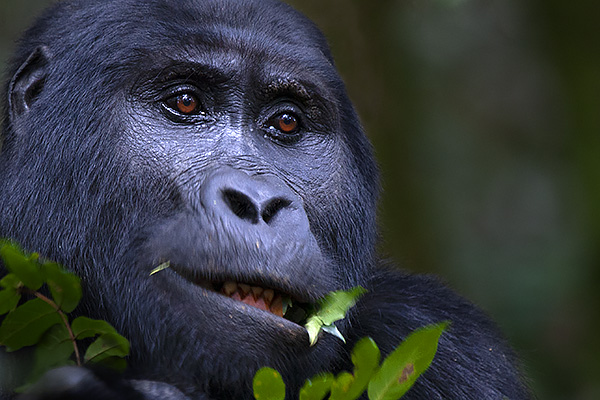
Mammals
(64 families, 322 Species)
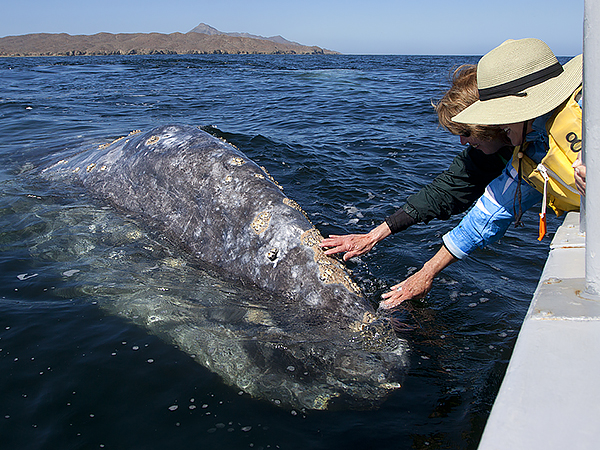
Wildlife Tours
By joining my international workshops, you can enjoy some of the most amazing natural wonders of our Planet and learn how to best capture their beauty with your cameras, but also learn about the many threats that endanger their existence and understand our endless possibilities to minimize these threats worldwide.

News
My blogs are short explanatory text notes that bring global environmental issues, photographic news, scientific achievements and technological breakthroughs into the spotlight, helping you differentiate clickbait headlines and paid contents from important developments and realistic science that best advace our society.

Podcasts
In our rushing modern life and the age of short-text social media, we no longer read long articles. On the contrary, we commute for endless hours. Podcasts are a marvellous invention that can bring use to your ‘lost' hours and allow me to process the most pressing environmental issues in an in-depth, meaningful way.
About me
Welcome to my personal website! My name is Ákos Hivekovics, born and raised a proud Hungarian. During the first 25 years of my professional career, I travelled very extensively. As a scientist, a naturalist and nature photographer, I visited every single country on the planet, circumnavigated both polar regions and been to almost all major national parks. But wherever I went, I saw the mass destruction and the fast disappearance of our natural habitat. Which deeply bothered me, so I was constantly looking for an answer: what is most responsible for this and where do we have to focus our limited resources if we wanted to turn this around and get our sustainable and habitable planet back? The primary goal of this website is to make my extensive experiences publicly available for entertaining and educational purposes. During my quest, searching for answers to the above questions, I gathered one of the largest private photo collections in the world, which is now available to all of you.
During my travels, I also gathered a great wealth of information on climate, photography, ecology, wildlife and human cultures. Through my international workshops, as well as blogs and podcasts, I am also ready to share my knowledge with you. I also started a number of companies and projects in order to find answers and solutions to our global problems. Through my website, you are able to follow the progress of these projects, or you can participate in them as a workshop participant, a volunteer, a donor or an employee, or can even join me as an investor. Get in touch with me through this website, let’s change the world togehter!
My Projects
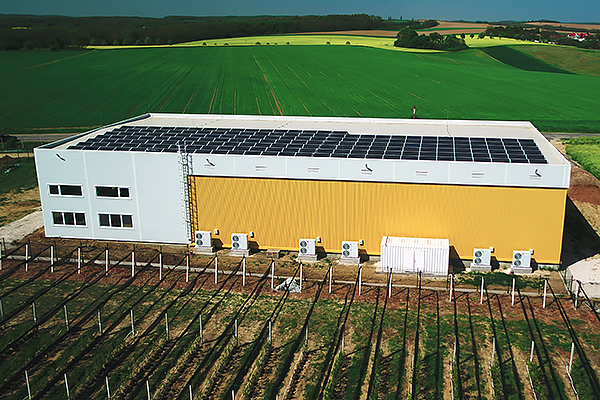
Hivekovics Family Orchards
After working 25 years on saving our planet’s last remaining natural habitat, I had to come to the conclusion that such a task was impossible without changing our agricutlural practices first. It is our ever-growing appetite that slowly cleared nearly all natural habitat off the surface of our planet and turned it into a man-made landscape. Our endless demand for food, timber, medicine, pet food, cut flower, alcohol, Christmas tree, Halloween pumpkin, clothing, biodiesel and other agricultural products is what eliminated a 100 million km2 of natural habitat off the surface of our planet. And the consequences of this activity are catastrophic! It disrupted the carbon cycle. It created a massive loss of biodiversity. It disrupted water cycles and weather patterns. But worst of all, it exposed our planet’s most valuable, most irreplaceable resource: the topsoil. Of all the resources we have on Earth, soil is the most underrated and least appreciated. Among other values, it stores an unbelievable amount of carbon, twice as much as all plants and the entire atmosphere combined, and a lot of this carbon was released into the atmosphere over the past few centuries by exposing it to sunlight, turning it upside down and letting it erode. In order to reduce this increased atmospheric carbon, we must restore natural habitat. We must diminish the surface area we occupy, and we must return to a stage where human settlements are modern, flourishing but isolated patches in the network of natural ecosystems. Yet, we have no chance for success, unless our agricultural practices and technologies are changed dramatically. Basically, we have to use vertical spaces to grow our food, and we have to do that closer to our cities, in order to free up space for habitat restoration. And since I never believed in talking about such things at conferences, but rather getting my hands dirty, getting involved and changing processes from the inside, I started a number of agricultural companies. I returned to my natal village and established an orchard, which focuses on pears and berry fruits at first, but rapidly expanding into other areas, especially ones that utilize either vertical spaces, or produce multiple crops on a given land surface without further exploiting our soils.

Species of Planet Earth
This is my largest and newest global environmental project. One that combines education, photography and nature conservation. Species of Planet Earth (SOPE.org) is a community-based website that will attempt to eventually feature all plant and animal species of the world in a very unique way: we have developed photographic techniques and unique white backgrounds that will be distrubuted to all volunteering photographers. As a result, each and every species will be featured with the exact same light, sharpness, angle and background conditions. There are hundreds of attempts online to cataloge our species’ photographs, but as long as they do not standardize the way these species are photographed, the results will always be poor and unuseable for broader purposes. This website will feature everything from diatoms to elephants under the same photographic features, making this an amazing environmental tool that will change a lot of things from the way we print field guide books to the way we train AI to identify species. It took us over 5 years to develop the photographic techniques that will make this unique project possible and successful. We are now developing mass production of some items and the project is due to be launched on MAY 01, 2025. Anyone will be able to volunteer as a photographer. They will receive the technology and the strict instructions and they will be able to upload the images they take. The images will go through a strict quality check by other volunteer members, as well as scientific identification by our voluntary team of global scientists. Only images that are securely identified and quality approved are going to be featered on the website. A large array of related applications are being developed, including an option to download the common wildlife species of a national park onto our smart phones when we are visiting. SOPE.org will truly revolutionize the way we catalogue our species and use them for research and educational purposes. Join us in this incredible project! You can become a photographer, a quality manager, a scientific ID manager or you can help us in many other ways from funding to product development. Sign up for membership on my website and you will be notified as soon as the project is live!
